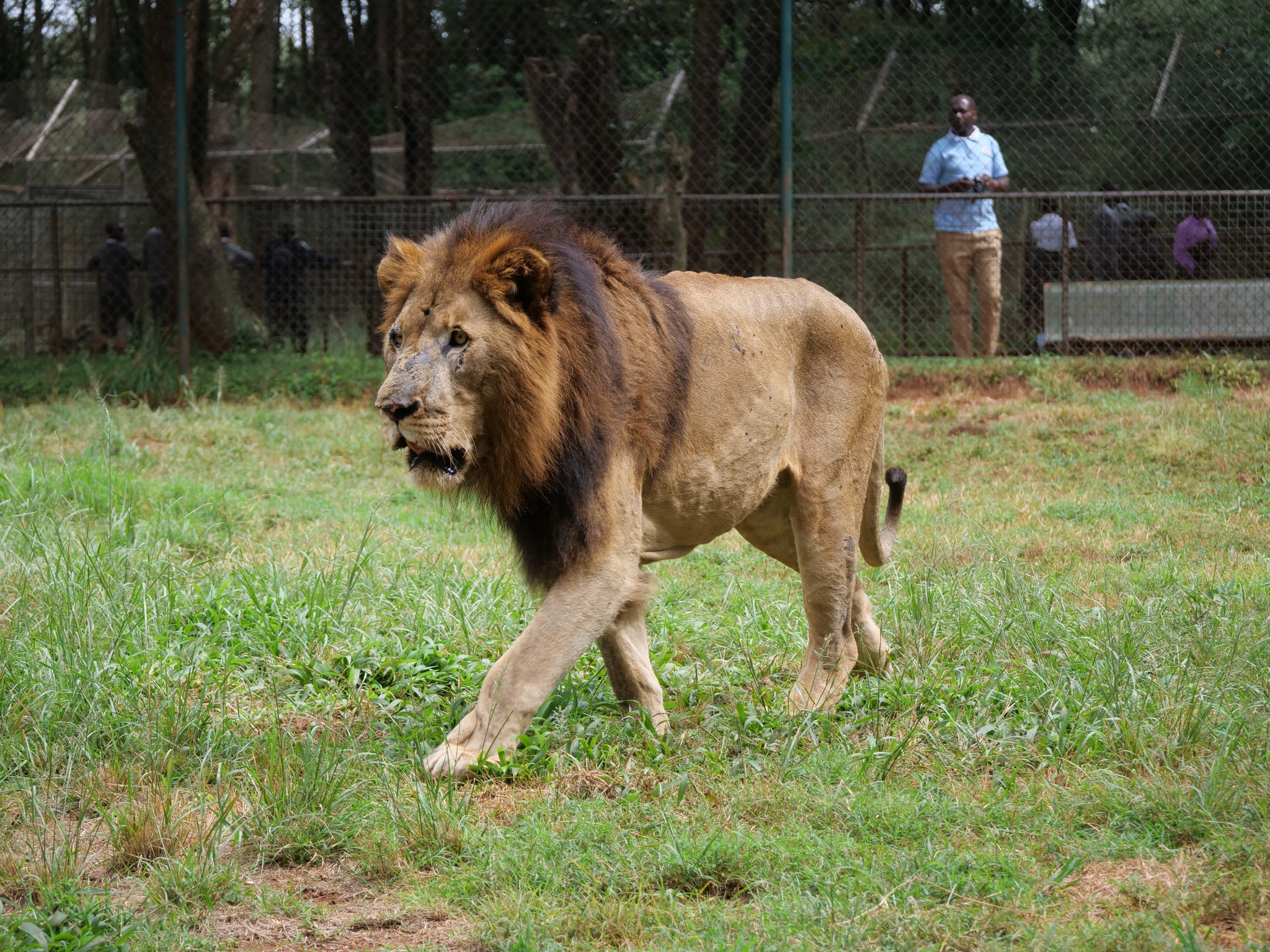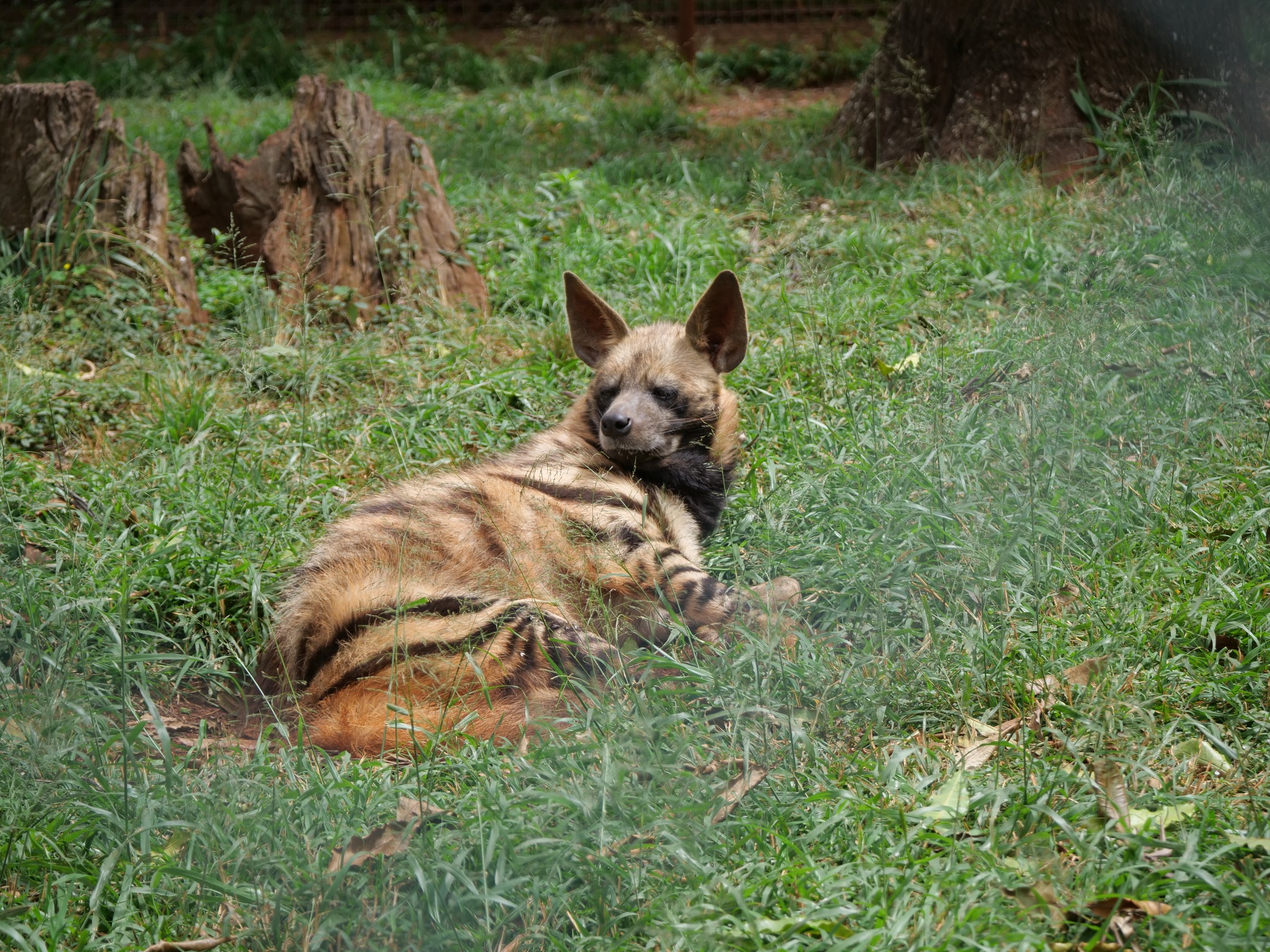

When a herder in Mandera came across four tiny cheetah cubs alone in the vast bushland of Shimbir Fatuma, it was clear something was wrong. The mother had not returned for three days.
Acting quickly, the herder alerted the Kenya Wildlife Service (KWS), setting off a chain of events that would give the cubs a second chance at life, hundreds of kilometres away, at the Nairobi Animal Orphanage.
That rescue, which took place in 2021, remains a powerful example of the
lifeline the orphanage offers to vulnerable wildlife across the country.
After being moved from Takaba in Mandera West, the cubs were airlifted to Nairobi, where they were taken in by trained KWS staff.
"We received a report on the presence of cheetah cubs within the Mandera South area from a herder and found them abandoned by their mother," said KWS Mandera Warden Abdikadir Adan at the time.
Despite waiting 24 hours at the site, there was no sign of the mother.
Today, the Nairobi Animal Orphanage stands as a sanctuary not just for these cubs, but for many animals like them, orphaned, injured, aged or abandoned, from all corners of the country.
Just minutes from the bustle of Nairobi’s CBD, the Orphanage lies as an oasis of wildlife and conservation, where the roar of lions and the calls of exotic birds replace the sound of traffic.
Tucked beside Nairobi National Park, the Orphanage serves as both a sanctuary for vulnerable animals and a learning ground for the next generation of conservationists.
With enclosures designed for safety and education, the orphanage provides a rare opportunity for the public to observe the country’s wildlife up-close while learning about the individual stories behind each animal.
Since its establishment, the orphanage has taken in animals from all corners of the country, many rescued from human-wildlife conflict zones, poaching incidents or found orphaned in the wild.
Among the residents are lions, cheetahs, leopards, baboons, jackals and rare birds, all receiving specialised care from trained professionals.

In February 2025, the Nairobi Animal Orphanage was named the most reviewed visitor attraction site in the country.
A report by Google Maps released as part of the celebrations to mark the navigation tool’s 20th anniversary stated that the site leads the pack out of 10 other sites reviewed.
The facility also plays a vital educational role.
School groups, university students and the general public are regular visitors.
Guided tours offer insights into the lives of the animals and the broader issues surrounding wildlife conservation in the country.
Each enclosure includes informative signage detailing the background of the animal, its species’ behavior, and the circumstances that brought it to the orphanage.
In addition to tours, the orphanage allows for picnicking in designated areas and peaceful walks along well-maintained paths, offering city dwellers and tourists alike a unique escape into the natural world without leaving Nairobi.
The proximity to the city makes it an accessible outing for families and schools, and an essential component of the country’s broader conservation efforts.
As urbanisation continues to place pressure on the country’s wildlife, the Nairobi Animal Orphanage stands as a critical buffer, rescuing animals in distress and raising awareness among a rapidly growing population.
It is not merely a place for animals to heal, but for people to connect with the wild heart of the country.













